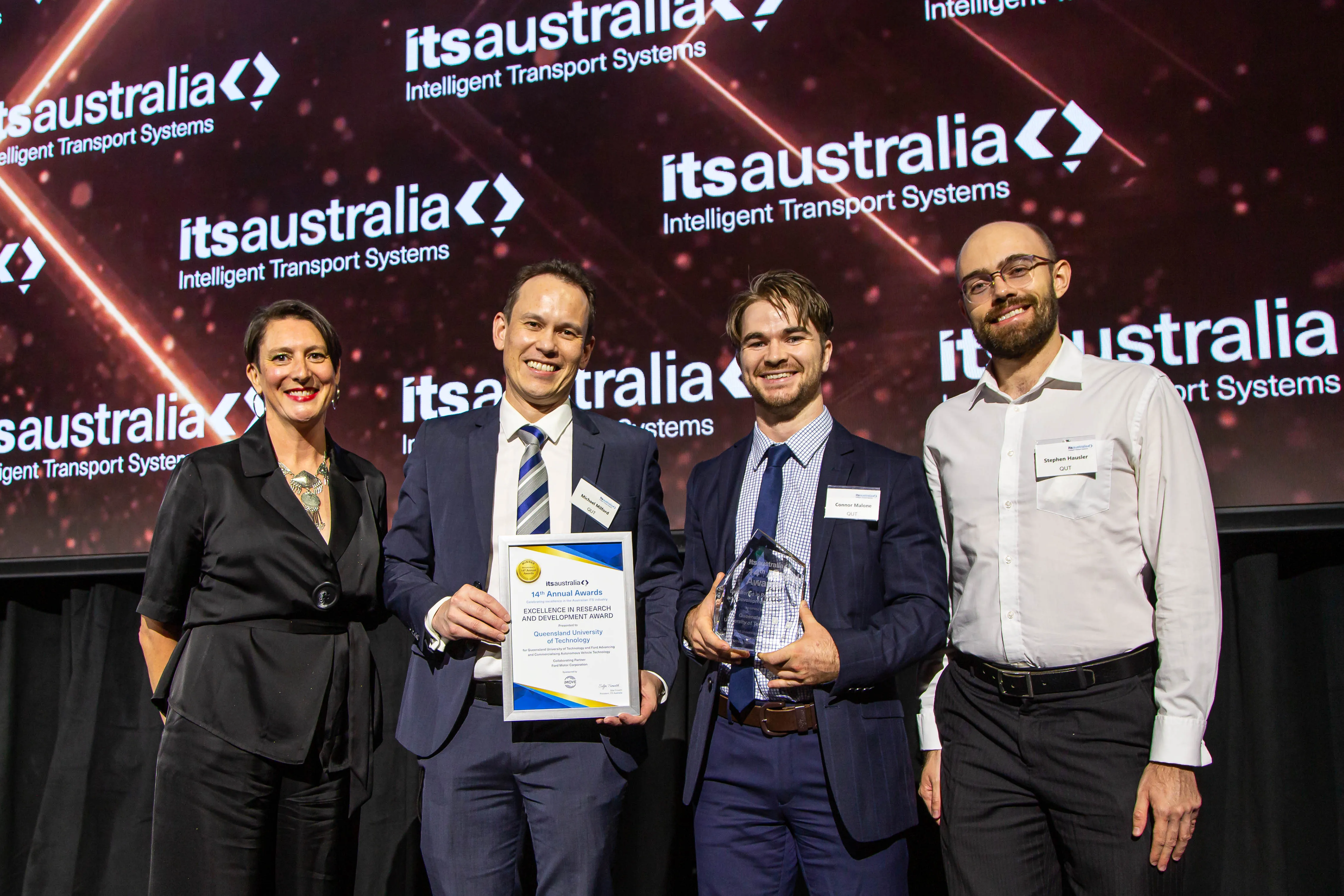The Adelaide-headquartered Department for Planning, Transport and Infrastructure has partnered with
The Addinsight traffic intelligence system uses probe data collection stations to constantly monitor traffic flows in real-time. It uses machine learning to identify travel time patterns for every road segment, allowing it to differentiate between abnormal and recurring congestion.
When Addinsight detects road segments experiencing delays higher than expected, the field devices automatically start broadcasting alert information at locations approaching the congestion via Bluetooth Low Energy advertising packets. Motorists with the Addinsight smartphone app receive a spoken alert from their phone’s speaker or paired car stereo about the location, cause of the problem, and amount of additional delay. Only motorists heading towards the problem are notified. Broadcasts are disabled once conditions return to normal.
The entire process is fully automated, allowing traffic management centres more time to manage the incident.
The Addinsight broadcasting system converts every collection station into a virtual VMS, giving road authorities the ability to instantly send customised and location-specific information to motorists without expensive physical infrastructure.
Visitors to the stand also will have a chance to experience the Sydac truck simulator – a powerful and flexible training system for professional drivers. Features include customisable high fidelity truck dynamic modelling, automatic or manual gearbox, engine brake and service brake, anti-lock braking, lane departure warning system, puncture simulation, configurable weather and variable road adhesion (rain, ice).
Transport and technology innovation from South Australia
The Adelaide-headquartered Department for Planning, Transport and Infrastructure has partnered with Sydac and Sage Automation to showcase South Australian transport and technology innovation at the ITS World Congress Melbourne. Visitors to the stand (2213) will be able to try rail and bus training simulators, as well as check out Addinsight, a freeway and arterial road incident detection and congestion management system.
September 7, 2016
Read time: 2 mins









